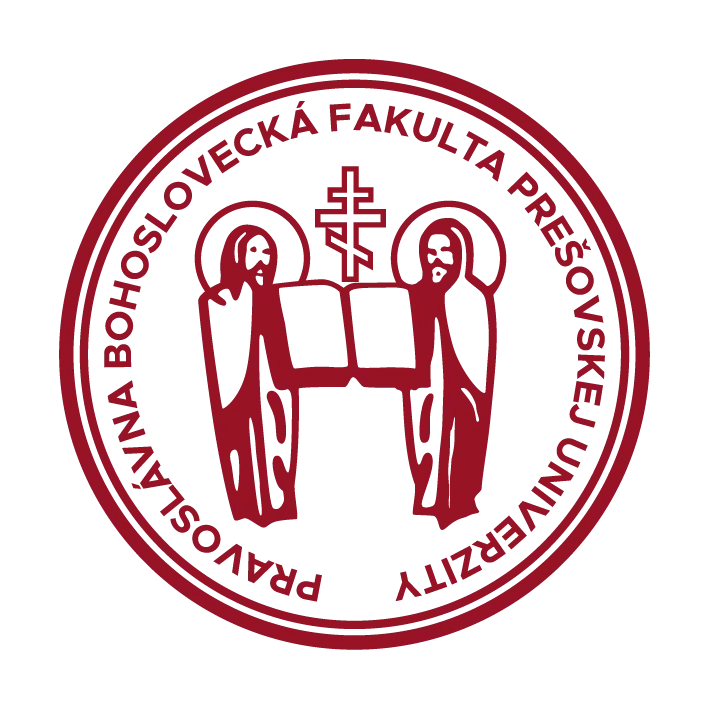HRDINOVÁ Eva Maria - Acta Patristica, volume 10, issue 20/2019
THE CONTEMPORARY COPTIC LITURGICAL TEXTS AND THEIR LINGUISTIC AND TRANSLATOLOGICAL SPECIFICS (COPTS ON GERMAN HOMEPAGE)
/PŘEKLAD LITURGICKÉHO TEXTU V ROZMANITÝCH KULTURNÍCH KONTEXTECH (KOPTOVÉ NA NĚMECKÝCH WEBOVÝCH STRÁNKÁCH)/
Eva Maria HRDINOVA
director, Institute of Foreign Languages, Faculty of Education, Palacky University, Žižkovo nám. 5, 771 40 Olomouc, Czech Republic, eva.hrdinova@upol.cz, 00420585635954
Abstract
The article deals with contemporary German written Coptic liturgical texts, as They can be fond online on German-speaking webpages. It also tries to find language-specifics, which can be important for the translation.
Keywords
Copt, liturgical text, Germany, translatology
SUMMARY
The analysis shows that a relatively large number of terms have been found, from which we have selected representative papers for this paper. Most of the found terms belong to the general Christian lexicon, less German terms used in the Orthodox environment, as well as borrowings from Coptic or Arabic. These were the accepted Arab and Coptic realities, which were mostly explained by explication (eg Coptic moon, etc.).
In our sample, all terms of the type have been documented: God as a terminology abstract, synonymous words used for the word God, and possibly liturgical personnel, terms for liturgical personnel, terms for liturgical tools, terms for ritualistic actions, theological terms, and semisemic terms used in others disciplines and sciences (see subchapter 2). All terms of this type have been documented for our sample. They clearly exhibit characteristics typical of the term: attachment to the professional environment and discipline, belonging to the system, definability and aptness. In addition, there are translations from Coptic, less from Arabic, but mostly in the function of reality, that is, most of the time or names of specific songs or prayers.
Based on our analysis, we come to statements that partly coincide with the analysis of Czech Orthodox terms from: Translation of similar terms is relatively unproblematic, in most cases the translator can count on equivalence in the sense of 1: 1 or 1: more. These liturgical terms, in the strict sense of the word, appear mainly in a section that has a guiding character and is more like an instructive text than the main text of the liturgy. On the contrary, the theological terms in the broader sense are more likely to be found in the main text.
Our contribution was only an initial probe into the extensive issue of translating liturgical Coptic texts into German. A more comprehensive analysis using the original languages mentioned in the introduction to this paper would only add a sketched outline of the state of the matter to its fullest. Similarly, the future may bring more than interesting findings in terms of keeping Coptic terminology in German and preserving or changing its specifics for the next time.
(Language: czech)
